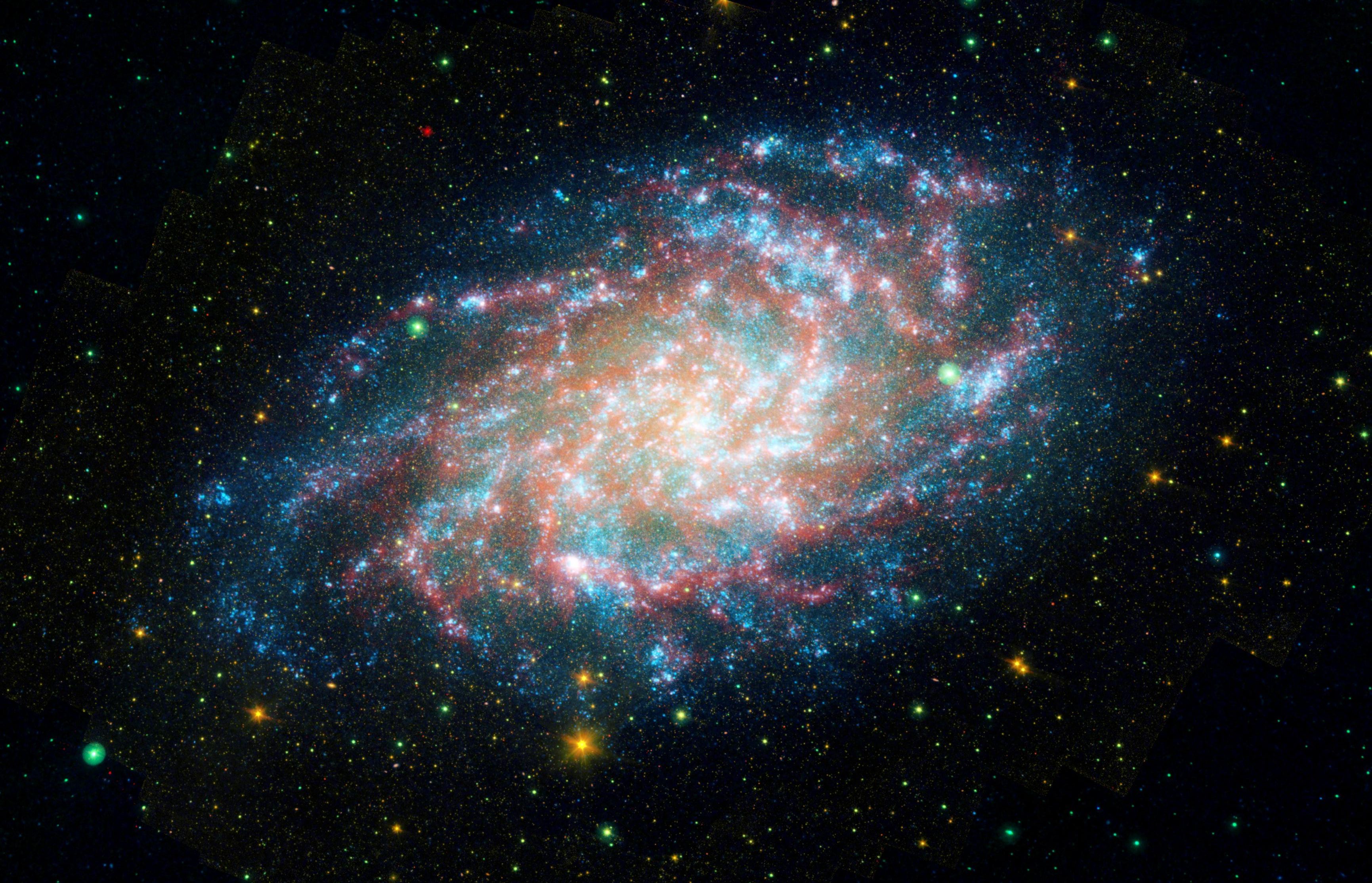

In galaxy morphology, Gini is a measure of the inequality of the distribution of light within the galaxy. This is typical of stars that are not in the nuclear bulge of a galaxy or inside star clusters. With Galaxy Zoo by Zooniverse, you can help scientists discover and type hundreds of different galaxies. The Gini index had originally been used by economists to quantify the distribution of wealth across various countries in the world. If the Sun were a grapefruit in New York City, the nearest star would be another grapefruit in San Francisco. In other words, the Sun is 27 million of its own diameters from its nearest neighbor. The Sun is about 1.4 million kilometers wide, but is separated from the closest other star by about 4 light-years, or about 38 trillion kilometers. The reason is that stars are pitifully small compared to the distances between them. New observations from NASA's Spitzer Space Telescope provide strong evidence that the slender, bulgeless galaxies can. Yet (except at the very cores of galaxies) we have not worried at all about stars inside a galaxy colliding with each other. This artist's concept illustrates the two types of spiral galaxies that populate our universe: those with plump middles, or central bulges (upper left), and those without them (foreground).

You might therefore have been surprised to hear about collisions between galaxies. Throughout this book we have emphasized the large distances between objects in space. The two appear to have already passed through each other once, causing a shockwave that reformed one into a bright blue ring of star formation, like the ripples from a stone tossed into a pond. (e) Arp 148 is a pair of galaxies that are caught in the act of merging to become one new galaxy. (e) Galaxies NGC 4676 A and B are nicknamed “The Mice.” In this Hubble Space Telescope image, you can see the long, narrow tails of stars pulled away from the galaxies by the interactions of the two spirals. The interloper’s gravity pulled out the long tidal tail, which is about 280,000 light-years long, and triggered bursts of star formation seen as blue clumps along the tail. (d) Galaxy UGC 10214 (“The Tadpole”) is a barred spiral galaxy 420 million light-years from the Milky Way that has been disrupted by the passage of a smaller galaxy. Small dwarf galaxies contain about 100 million. Galaxy sizes vary widely, ranging from very small to unbelievably enormous. (c) This close-up view by the Hubble Space Telescope shows some of the effects of this interaction on galaxy M82, including gas streaming outward (red tendrils) powered by supernovae explosions of massive stars formed in the burst of star formation that was a result of the collision. The three types of galaxies are spiral, elliptical or irregular. The hydrogen image shows that the two galaxies are wrapped in a common shroud of gas that is being tugged and stretched by the gravity of the two galaxies. (a and b) M82 (smaller galaxy at top) and M83 (spiral) are seen (a) in a black-and-white visible light image and (b) in radio waves given off by cold hydrogen gas.


 0 kommentar(er)
0 kommentar(er)
